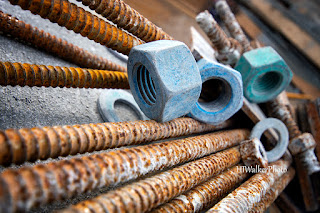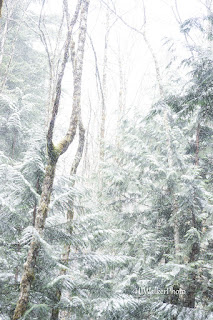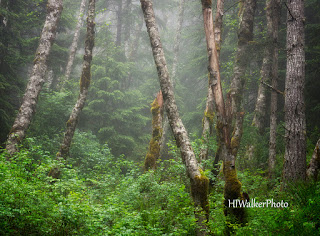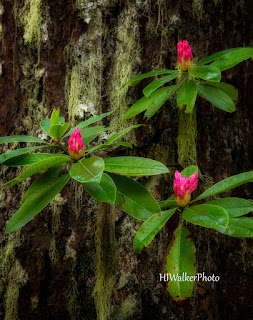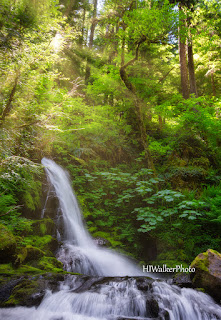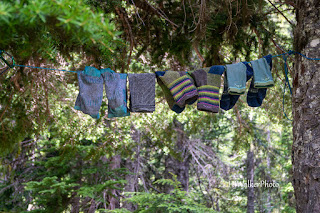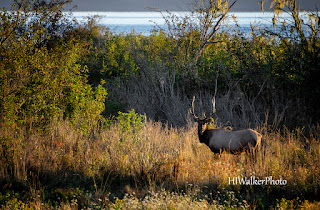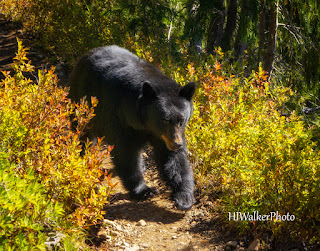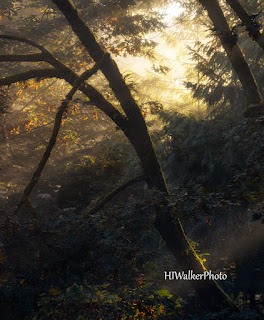Pull up a photographer’s YouTube video on composition or
read one of a myriad of composition articles and you will be told that a good
photograph tells a story. They each give you advice on how to compose your
image to tell that story. What is the story you’re trying to tell? Tell the
story. Tell your story. Tell a story.
They are not wrong.
But I want to flip this narrative a bit. How about we look
at this from another direction. Not from looking at story through photography
but looking at photographic composition through story design.
We’re going to be talking theory here to help you frame this
concept better. If you want to understand mechanics better, I’ve written a
3-part series on some of the more helpful “rules.” (
part 1,
part 2,
part 3) You
might even want to check out
part 4 about listening to the scene and telling
its story.
You might also want to grab a cup of coffee.
For a brief review, what is composition? It is the structure
within your photograph that helps tell a story. It is the order we align the
elements in our image to help the viewer comfortably work their way through the
image. In writing, we put our stories into structures to create a picture. Our
story structures can be immense such as a novel, condensed as in short stories,
or concise as in flash fiction.
Let’s look at these more closely and how these structures
relate to photography.
The Novel and The Grand Landscape
A novel is a story that is long and complex. Often with
several characters and subplots within the main structure of the story. Within
the pages of the novel, the characters are developed and have story arcs, we
get to know them as friends - celebrate when their lives are going well and cry
when they die. The plot and subplots move the reader forward through to the end
– we read into the dark hours of morning unable to put the book away, needing
to know what happens on the next page. A well-written novel will have layers of
meaning that ensnare the reader who days later will be examining the world
through the view of the author no matter how distorted or perfect that view is.
We yearn for the characters to come to life so we can spend more time with
them.
How does this relate to a photograph? Think of your grand
landscapes – those landscapes where you are standing at a vista and looking at
the world as it unfolds before you. You’re at the edge of a canyon, layers of
earth worn away by the river shimmering in the depths of shadow. Or maybe your
view is from a cliff overlooking the ocean, waves upon waves undulating to the
horizon. Or you come through a thick forest to a precipice and you see before
you repeating layers of mountain ridges and peaks leading off to a massive
volcano in the distance. What initially draws your eye becomes the main
character which then becomes the focal point of your image. The other elements
of the image become subplots and minor characters to move the reader through
the main plot. Each a layer that enraptures your viewer leads them through the
image to become as enthralled with the view as you were. They find it difficult
to tear themselves away.
In the photo above, I stood on the side of the road through
an area of Eastern Washington on hills high above the Snake River. I could see
the hills on the other side of the north end of Hell’s Canyon. This is farming
country. This is lonely country. Every time I drive this stretch of road, this
barn whispers to me. On this early summer day, it yelled with joy. The barn is
clearly the subject of the image – the protagonist of the story. The sky, the
sun beams, the hills, the wheat field, the lines of trees in the distance, the
hues of light and dark in the clouds, the splashes of sunlight on the hillside.
All of these are added elements to help tell the grand tale of this lonely barn
on this stormy day. Cropping out these elements and only featuring the barn wouldn’t
help tell the story that needed to be told.
The Short Story and The Intimate Landscape
A short story is a fully developed story similar to a novel
but much shorter, as the name implies. You will likely only find one primary character
and few other characters. The characters, since they don’t have the benefit of
many pages for development, become well-known acquaintances – someone you’d
meet for coffee a couple of times a year to catch up. Generally, you will read
only one plot as the limit on exposition restricts what the author will be able
to explore. They are examining the main character in a short timeframe in a
limited setting. The subplots, if there are any, cannot distract from the main
plot of the story and confuse the reader. In a short story we examine a
character and setting that is far more intimate than the novel. At the end of a
well-written short story, the reader will feel as satisfied with the outcome as
they will feel after a well-cooked meal. We might like to continue reading, but
again while the characters and their stories are known to us, they’re not great
friends who we end up missing when they are gone.
As we look at the intimate landscape, we can easily see the
similarities. We are examining the world through a more intimate view. Like the
short story will have a character that we come to know with a developed plot or
storyline. We might see an expansive oak in the forest and create our
composition with the oak as the main character. All other trees in the forest
would be the storyline, the other characters helping to tell the story of the
oak. Or does that oak preside over a lonely landscape where the negative space
of sky and meadow help tell of its isolation? We won’t be seeing the expanse of
the grand view, but the details of a scene that becomes more personal – almost
as if we were a part of the scene itself. It is a self-contained image that
tells the story of our subject, without extraneous details.
The little cabin above (can we call it a cabin and not a
shack?) is a perfect example of the short story as an intimate landscape. We
see our main character in a struggle against the elements as rain pummels the
decaying wood. We know that this little cabin has already seen hard times with
planks missing and its leaning stature. We know all we really need to know of
its environment and the toll it has taken on the cabin. We know it has a
history, even if the details of that history are not examined. We grow to like
this little cabin. We wish it well and hope to see it again one day . . .
maybe.
Flash Fiction and The Vignette of Nature
If you have never read Flash Fiction (where have you been?)
then know that it is an extremely short story of less than 2000 words. Because
is it so short, the author must grab you quickly to immerse you into the world
they’ve created in short order. And that’s a pretty good definition – authors
of flash fiction are the gourmet short order cooks of writing. They sit you
down at the table, serve you a tale that is often a snippet in the life of
their character then whisk away the plates. As a reader you are often left with
wanting more but realizing that you really don’t need more, you are sated. Just
like any story there is a character or more involved in a plot line. But the
amount of information we are given is all that we really need.
When we move to comparing this to landscape photography, we
see it as the natural vignette – a small portion of the landscape that tells an
interesting story. Maybe it’s a group of woodland wildflowers twisted together
in a fight for sunlight. A grouping of seashells on a beach tells us all we
need to know about those seashells at that point in time. I’m mixing metaphors
here but think of it at a scene in shorthand. Just enough to tell the story
without writing it out in cursive. Think details. As photographers, we find
those details that tell a wonderful story of the landscape as a whole. Our
viewer may want to see more but leaves sated.
When we look for story-telling details, we see images as the
example here. As viewers, we understand that there is more beyond the frame of
the image, but that doesn’t matter. The captivating story is within this
section of old wood on the side of the building where someone added a
decorative touch of rustic Americana in the form of hub caps and wheel rims to
the wall. We get one glimpse of the world beyond in the reflective wheel cover
on the right. You have time to appreciate the scene. You may wonder about the person
who hung the hub caps yet understand that really this is all you will get and all
you really need. The image and story within it are concise.
So, how do you use these ideas in composition?
When you arrive at a location, look for each type of
storytelling. Look for the novel or grand landscape allowing your viewer to
experience a world of characters, and plot points all culminating in one climatic
ending. Find the short stories or intimate landscape to give your viewer a
personal view of the area, one where they get to know one character well and
follow them through to a conclusion. Then finally search out those compelling
details for some flash fiction or natural vignette. Combine all three of these
at a location and you will come away with a strong body of work that will sustain
your story and the story of place.
